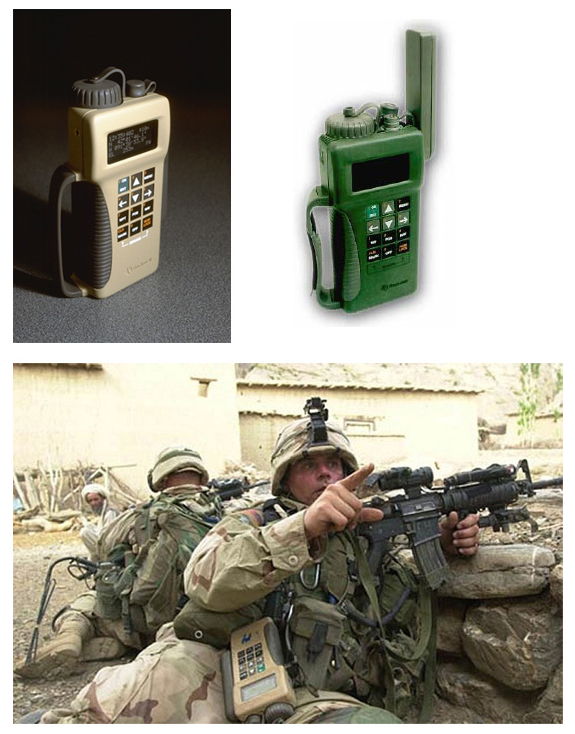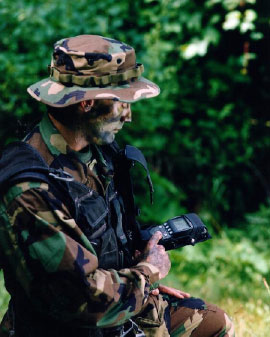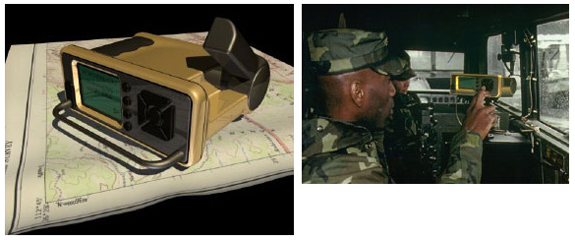
 |
|||||||||
| Rockwell - Collins
PLGR +96 Precision Lightweight GPS Receiver This GPS receiver was designed for military application as part of a Rockwell competitive bid with the Department of Defense. There was a desire for this product to have more of the look and feel of a consumer product, which for Rockwell-Collins was unfamiliar territory. Rockwell was competing with consumer GPS manufacturers for this contract and had already developed a functional prototype, termed "the brick", machined from billet aluminum. MDI developed ergonomic form and function for the device, taking into account the need for one-handed operation to enable the user to maintain weapon readiness. The design parameters of this device go well beyond the requirements of typical consumer products of this type. This unit must adapt from high altitude parachute drops of over 30,000 feet, to multiple atmosphere underwater pressures without keyboard collapse or compromise of the electronics. The performance was well beyond the capabilities of any of the consumer units, utilizing classified satellites available only for military use. Capabilities include jammer direction finding, resistance to jamming, laser range finding interface and this device creates no signals that can reveal its position. With this design, Rockwell-Collins won the competitive bid with the Department of Defense, earning a first order reported at $21 million. After that initial order, which was intended for Army Rangers and Special Operations, PLGR became the ubiquitous GPS used throughout the military and government. Over the course of a decade more than 200,000 units have been supplied by Rockwell-Collins. The Rockwell PLGR recently received a cameo role in the movie Ocean's Twelve. Look for Don Cheadle's rooftop surveillance scene. |
|||||||||
 |
 |
The second generation PLGR2 is a slightly smaller follow up to the original PLGR.
Montgomery Design provided direction input into this model as well. Among the issues Rockwell was having with prototypes was the tendency for the unit to cause cavitation while being transported below the water surface. Cavitation is the formation of bubbles caused by mechanical force. This turbulance can be detected and can reveal presence and position of the source. MDI worked with Rockwell to adjust the surfaces of their prototype unit, minimizing the potential for cavitation. |
|||||||
 |
|||||||||
| Another evolution of the original PLGR GPS was the vehicle mounted adaptation depicted in these concept renderings. | |||||||||
 |
|||||||||
| home | |||||||||